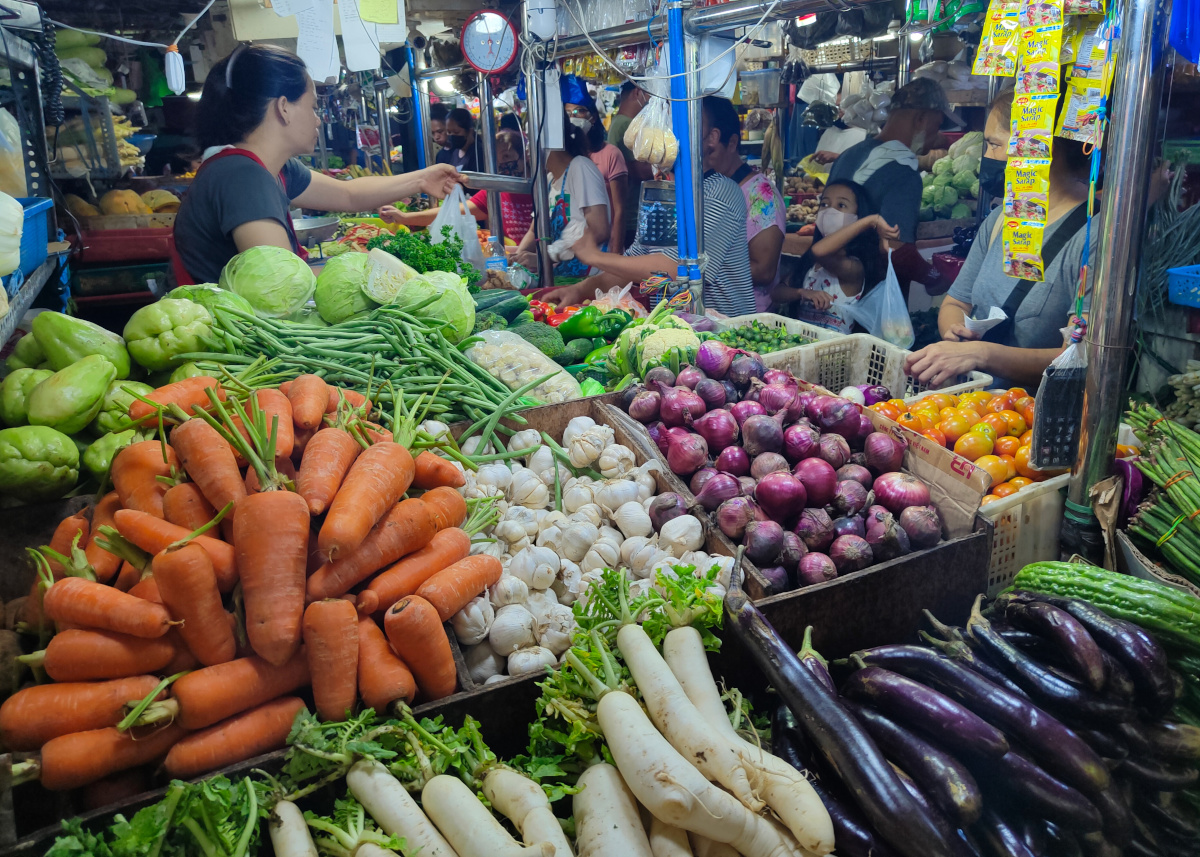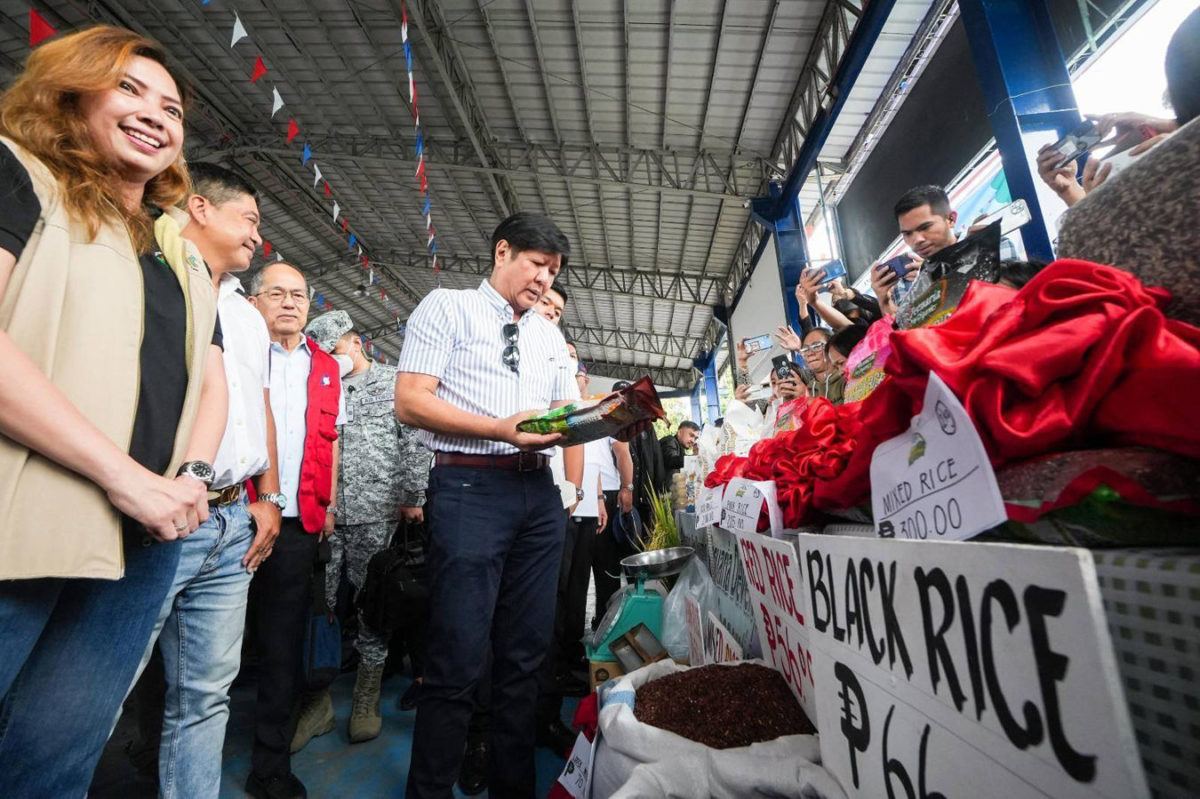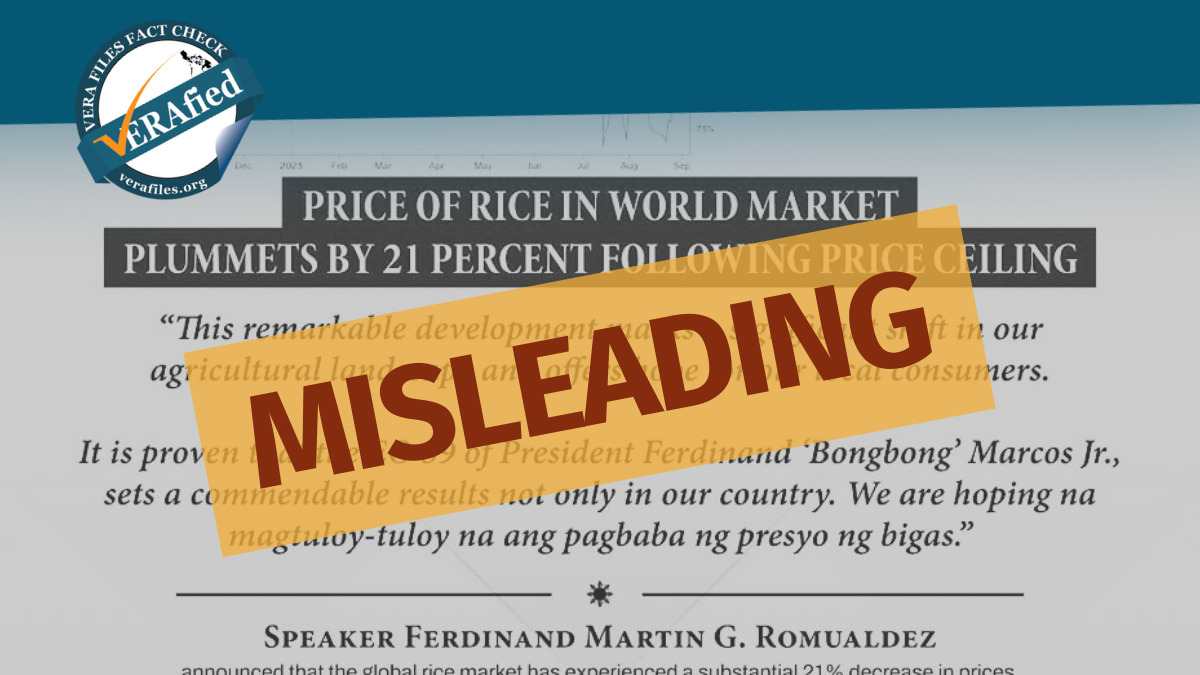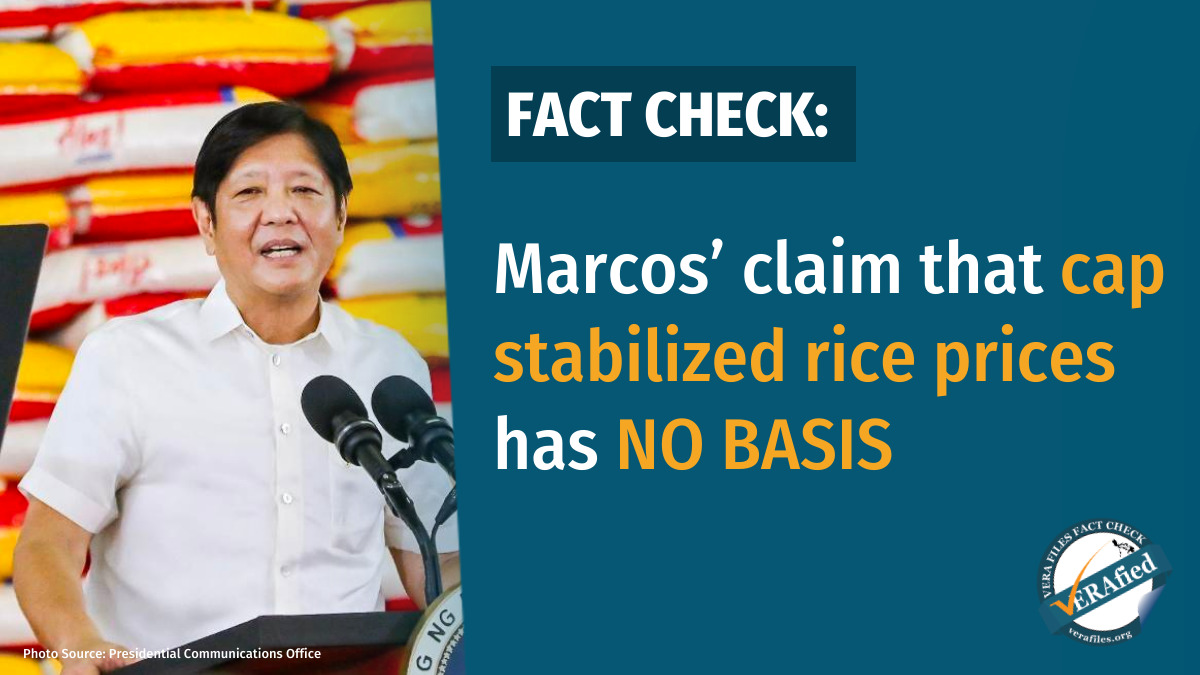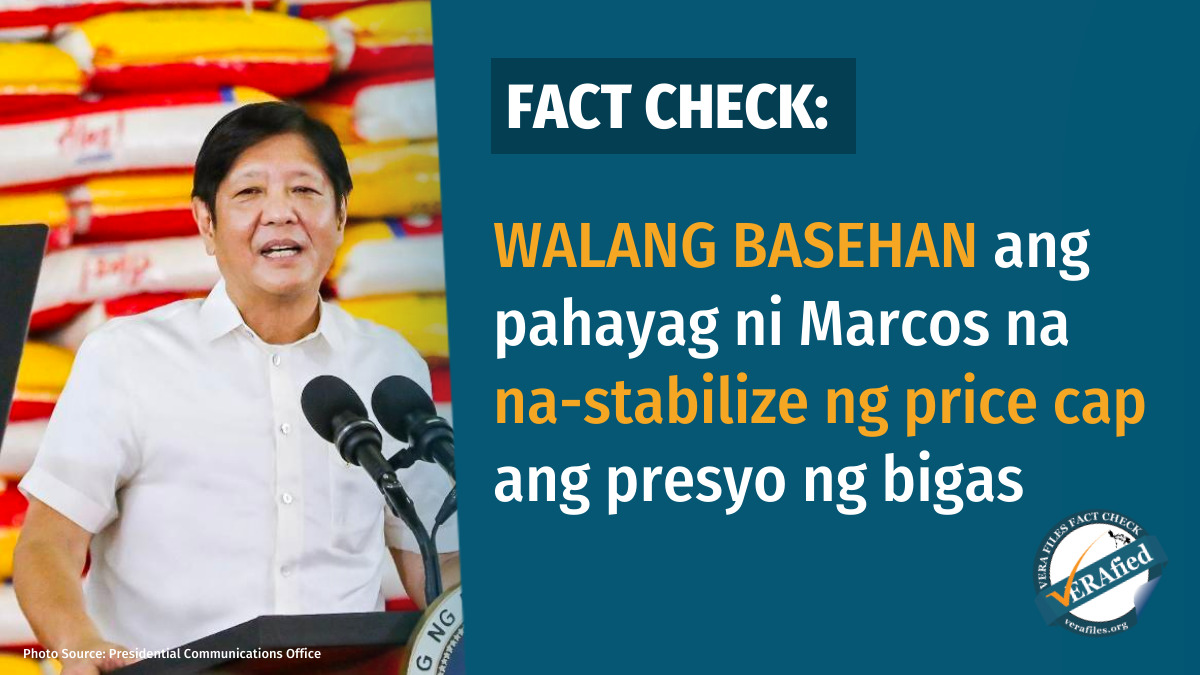A recent survey of the Social Weather Stations showed that more Filipinos experienced involuntary hunger in the second quarter of 2023. The survey was conducted from June 28 to July 1, when food prices were lower than they are now.
Typhoon “Egay,” which hit the country in late July, pushed prices of vegetables and other food products as it left extensive damage, initially estimated at P1.53 billion, to agriculture in the Cordillera, Central Luzon, Ilocos, Cagayan Valley, Calabarzon, Mimaropa, Western Visayas and Caraga regions.
These days, the prices of vegetables never fail to shock me when I go to the nearby talipapa or when I order from my suki in the neighborhood. My monthly food budget is no longer enough to support my preference for more vegetables and fruits. Ironically, this started in July, which was celebrated as Nutrition Month.
The National Nutrition Council declared July as Nutrition Month “to raise public awareness about the value of good nutrition” and adopted “Healthy Diet Gawing Affordable for All!” as its theme for the observance.
But no matter how high one’s awareness is about the importance of eating nutritious food, it becomes useless when prices are unaffordable.
Recently, a survey by the Management Association of the Philippines (MAP) showed that high prices of nutritious food are the main reason for the rising cases of malnutrition and stunting among Filipino children. Its Campaign Against Malnutrition and Child Stunting noted that most Filipinos have a high level of awareness of malnutrition and stunting but are unable to access nutritious food due to poverty.
The Department of Agriculture’s Bantay Presyo, for instance, shows the price of native pechay on Aug. 17 at a range of P100 to P200 per kilogram, or 100% higher than the P50 to P100 per kg on June 30. When you buy it retail, a bundle of three small pieces would cost P20. String beans (sitaw) cost P4 per piece, or P20 for a bundle of five.
I’ve been avoiding cooking chopsuey, pinakbet, pochero and other dishes with a variety of vegetable ingredients. Sinigang is limited to having just kangkong or kamote tops. No more radish (labanos), sitaw and okra.
Checking the prices of basic food items makes me wonder how minimum wage earners make both ends meet.
According to the 2021 Expended National Nutritional Survey, about 2%, or 5.3 million Filipinos, experienced severe food insecurity, and 33.4%, or 42 million, experienced moderate food insecurity. This translates to about three out of 10 households that have experienced moderate to severe food insecurity.
One of the pillars of food security is access, in which the price of food is a factor. It said people may settle for cheaper food that may be lower in nutritional value in the absence of healthy and affordable options.
The Food and Agriculture Organization estimates that 68.6% of Filipinos, or about 75.2 million, cannot afford a healthy diet in 2020. That was three years ago and food prices have increased substantially since then.
The United Nations’ latest State of Food Security and Nutrition in the World report showed 50.9 million Filipinos did not have constant access to adequate food in 2022, classifying them as facing moderate to severe food insecurity in 2020 to 2022.
Keeping food prices stable and at affordable levels is indeed one of the biggest challenges for President Ferdinand Marcos Jr. The burden on his shoulders is doubled as he has concurrently assumed the secretaryship of the Agriculture department.
Last week, Marcos ordered the Department of Trade and Industry and the DA to closely monitor rice prices following reports that prices of the staple food are hitting as high as P56 per kilogram, way higher than his “aspiration” to bring it down to P20 per kg.
Just less than a month ago, in his second State of the Nation Address (SONA), Marcos claimed that the prices of commodities in the market had significantly reduced. “Sa mga nakalipas na buwan, nakita natin ang pagbaba ng presyo ng bilihin sa iba’t ibang mga sektor. Napatunayan natin na kayang maipa-baba ang presyo ng bigas, karne, isda, gulay at asukal,” he said.
The lower prices were available only in the Kadiwa stores, which have limited hours and places of operation. In public markets, prices continue to increase. Supermarkets and grocery stores sell these products at even higher prices.
If you go to the market after listening to Marcos’ claim about lower prices, you can’t avoid exclaiming, Oh, my gulay!
The views in this column are those of the author and do not necessarily reflect the views of VERA Files.
This column also appeared in The Manila Times.
